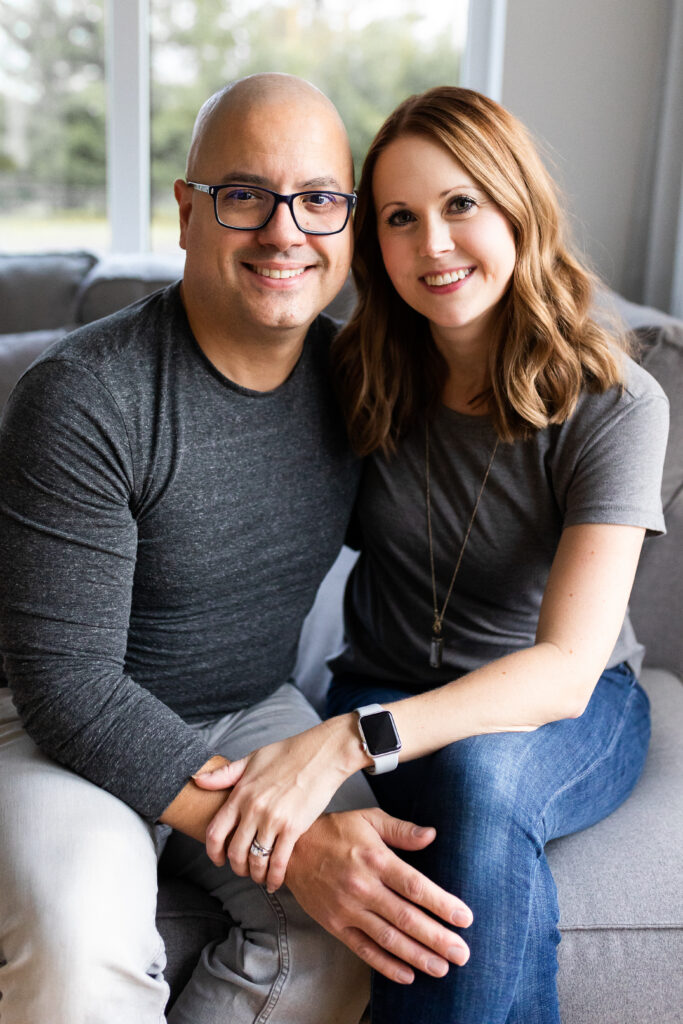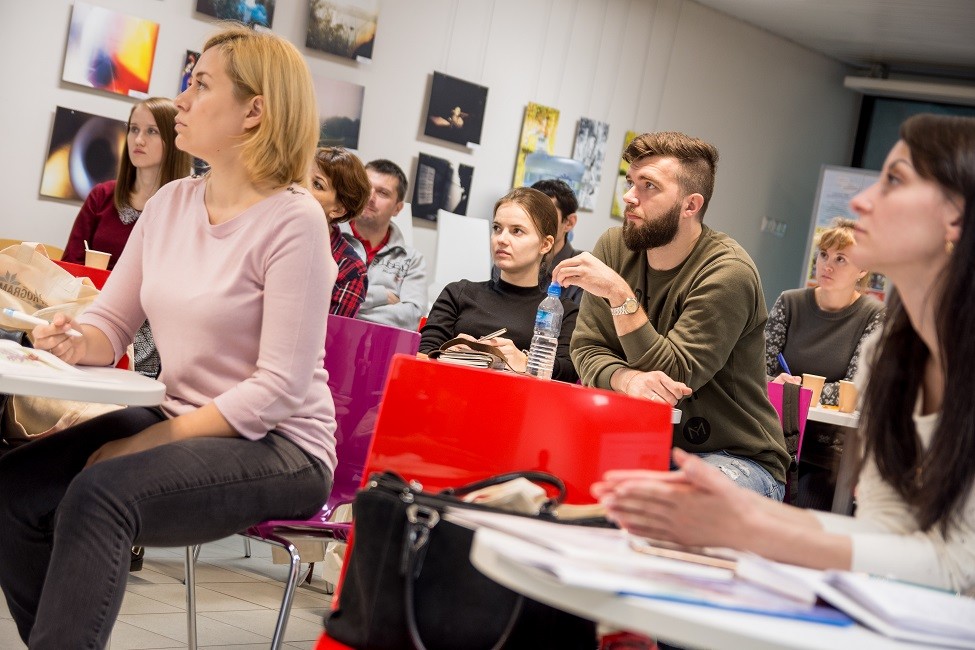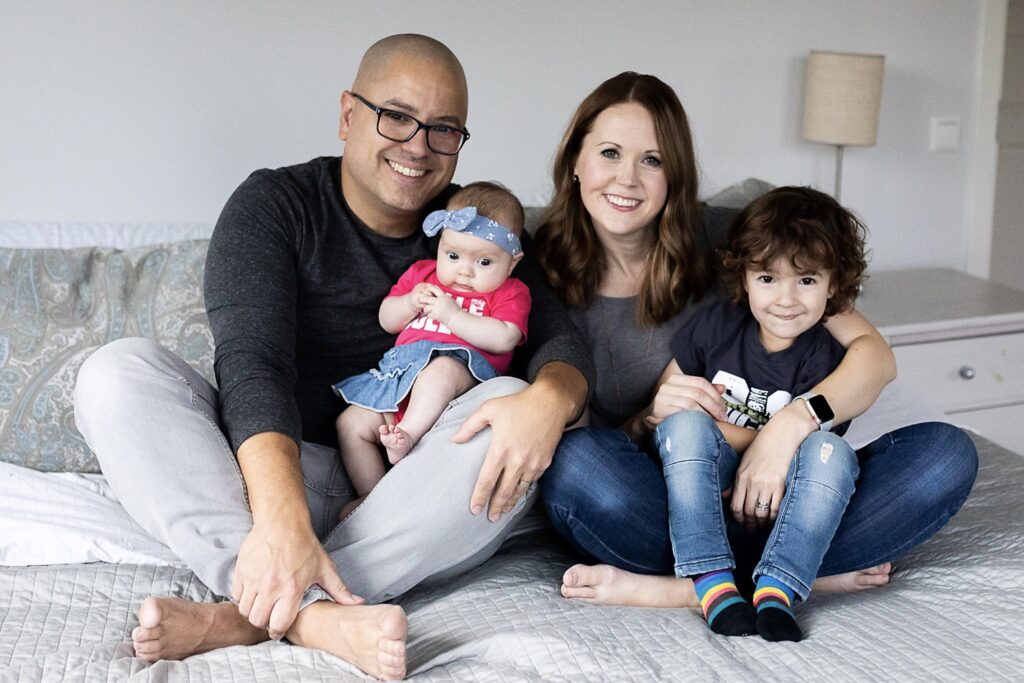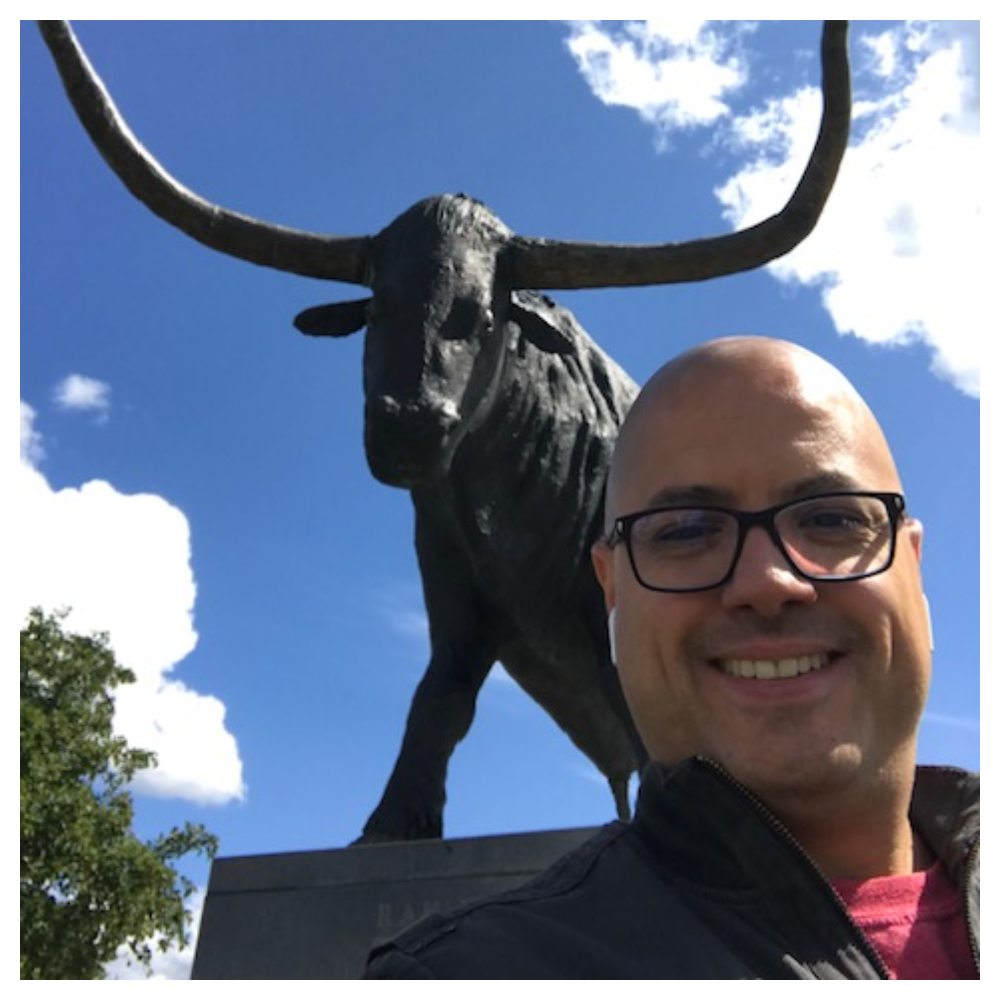The New York native, Rafael Zayas, has made Estonia his home – and wants to participate in the local culture and maintain the desire to keep the Estonian language alive to the best of his ability.
In the last 10 years, Estonia has increasingly become a destination for talented people from elsewhere. The ever-growing number of local startups attract professionals; several local universities – especially TalTech, the University of Tartu and Tallinn University – attract students. Then there are people who move here because their partner is an Estonian.
Rafael Zayas, a New York native with a Puerto Rican background, who has lived in the country for the past three years, has a long backstory on his connection to Estonia.
Encino Man
“From an American perspective, back in the 90s, Estonia was a place like in this movie, ‘Encino Man’,” Rafael laughs, referring to the 1992 US film where Brendan Fraser plays a caveman unearthed from a suburban California backyard. When he attends the local high school, his teenage minders claim the mysterious student is from Estonia – no one simply knew anything about the country. This was one of the first times Rafael Zayas heard about Estonia.
His first real encounter with Estonia was in 2002, when he visited his brother – a Christian missionary who had met an Estonian lady at a bible school in Oklahoma, US, in the 1990s. This prompted his brother’s interest to move to Estonia, where he lived for 17 years.
Rafael immediately clicked with the country. On his first visit, he met a local girl, Marje, who moved to the US with him and eventually became his wife. But his trips to Estonia continued.

Falling in love with the country
“During those years, when we lived in the US, I visited Estonia a total of ten times. Each time, I felt like I was more in love with the place – I appreciated the language, the culture, the people that I met,” Rafael remembers. “I felt I wanted to do something here, but at the time, I didn’t really know what that was. And so I worked in corporate America for years in various accounting functions, working up into management.”
But his curiosity remained. “I read books about Estonia; I saw the documentary, ‘The Singing Revolution’. And then just came this moment in 2017 when my son was born. I thought – if I am ever going to do something different, I’m going to have to do it now – at 40 and having had a lot of various experience under my belt,” he recalls. So the couple made the decision to move to Estonia.

One of the first things Rafael did was to enrol onto a free Estonian language course offered by the Settle in Estonia programme – a free educational programme provided by the Estonian state, intended to help the newly arrived people adapt and become accustomed to local life more easily.
Settle in Estonia
“The Settle in Estonia programme is a very good start. From the teachers to the students, they’re all trying to get connected. You may find it hard to make friends here at the beginning, so at least you can have five or six people that you can connect with immediately. And that is super helpful when you’re new to a country,” Rafael points out. “At the language class, we bonded as a unit; we all wanted to be there.”
Rafael says he joined everything on the programme he could. “Everything was easy and simple. I’m not technically savvy, so easy interfaces are a joy. And then all the information is great, I learned a lot about the country through Settle in Estonia,” he affirms, gladly recommending the programme to others.
He also made some of his first friends here, thanks to Settle in Estonia programme. “An American, a Muslim guy from Egypt, a guy from Togo, two guys from Finland and a guy from Switzerland – just a bunch of good people. It makes total sense to be a part of this programme and get connected,” he says.

Volunteering at a food bank
His professional activities have helped him further to feel more grounded in Estonia. His initial idea was to do some consulting work here on leadership development. “Unfortunately for me, that hasn’t really worked out as well as I had hoped it would be, but I’ve built up enough network here and I am trying to rebrand myself in a bit,” he comments.
Rafael has not stayed idle, however. An energetic communicator, he is currently involved in connecting volunteer, financial and teaching resources to non-profit organisations.
He is an active volunteer himself – namely at the Estonian Food Bank, an NGO distributing a donated food for those in need. A few times per week, he helps with transport of food, mostly driving a van around in Tallinn or to food banks in the south or east of the country. He also advises the Food Bank (which by the way, was founded by another expat – the Dutch-born Piet Boerefijn) on management and leadership – and how to work with volunteers.

The volunteering work has helped him understand Estonia and its people better. “I’m trying to get connected with various people – both Estonians and non-Estonians. And I’ve been fortunate, people have embraced me,” he notes.
Being a Christian
He is also regularly active in his church, Vineyard Tallinn, based in Mustamäe, Tallinn – currently even stepping in for the pastor’s role. A congregation of about 50 members, it attracts both Estonians and non-Estonians. “Nice mix, many young people – I’m one of the older people there,” he laughs.
And what is it like to be a Christian in a country where many proudly proclaim Estonia to be one of the most secular countries in the world?
“A friend of mine likes to tell me that I don’t really talk like other Christians, so I don’t have this preconceived notion of converting people,” Rafael says – conceding, however, that the church here has done a lot that casts a negative shadow on Christianity. “Not only here, but around the world, so I totally get it.”
He also expresses his dismay at how conservative some of the Estonian Lutheran pastors are. “There’s a lot of conservatism here, which I was not prepared for,” Rafael admits.
But he says the Christianity still has a lot to offer. “I think we’re all looking for something to follow on some level and I think Jesus is just as valid now as ever. If someone disagrees, we can still be friends – Jesus calls us to be at peace with all our neighbours,” Rafael explains. “We’re very relaxed in our appearance and how we do things – there are not a lot of strict rules.”

Estonians struggle with emotional health
Rafael thinks the church can also help the society more generally. “There are issues with emotional health in Estonia and it’s important to recognise where we can grow as people. As Estonians can resonate with spirituality, I think there’s common ground where we can build relationships.”
Emotional health is one of the topics he would also like to see an improvement upon in the country. “It’s amazing what has happened in a truly short window of time in Estonia in many fields. But I think it would benefit the country if everybody had an opportunity to learn a bit more about what it’s like to be an emotionally healthy person,” Rafael insists. “It requires more than simply good grades and making tons of money. There is more to being a human than that.”
There’s another downside in Estonia no one can change – the winter. “I think that’s the hardest part for me. Not so much the temperature but the darkness, that’s really difficult – and how long the darkness stays in winter,” he notes.
A craft beer and a sausage kind of guy
Other than that, there’s no shortage of the upsides for him in Estonia – summertime; the pace of life; a European lifestyle. “I love the history; I love going around and seeing these old sites here. For someone from the US – a comparatively new country – to go to places and discover a wall that is from the 1200s; there’s so much here to learn from,” Rafael observes.
He also appreciates the Estonian cuisine. “I’m a craft beer and a sausage kind of guy. That scene is fantastic here – I’ve probably tasted all of them,” he laughs. “I’m already like a true ‘Eesti boy’ (Estonian man) when it comes to eating the local food – beetroot, potato salad, buckwheat porridge with bacon, you name it.”
Rafael says he has never had any negative experiences with the locals either. “We live in this little village, and we have three neighbours right next to us – just fantastic people. They have embraced us completely, all the kids play with each other,” he notes, adding Estonia is a very pragmatic and logical place. “People are pretty easy and rational here – they don’t jump to conclusions; it’s more like: ‘okay, let’s think about’.”
Learning the language
He has already planned his next step here – learning the Estonian language proper. “My mother-in-law only speaks Estonian to me, and I read a lot of Estonian children’s books. I know the basic vocabulary and can, for example, order food in Estonian at restaurants. But by 2023, I want to be on the B1 level,” Rafael states, hoping it will then open more doors for him.
“I don’t want to just live here; I want to participate in the Estonian culture and maintain the desire to keep this language alive to the best of my ability,” he says, adding the family’s respect for the country is high. “We discuss Estonian history at home, and we celebrate the country’s flag day. I think we appreciate the Estonian culture even more than is typical here. So I’m going to do as best as I can to learn the language.”

Speaking the Estonian language also helps to achieve a better connection with the locals – one of the key aims for Rafael. “It seems the more that we as foreigners can connect to, the more we would understand the Estonians. For example, take the sauna culture. Estonian men talk more in the sauna than anywhere else. That’s where they start telling you their life stories and problems with their wives or girlfriends,” Rafael laughingly observes.
Living in a village
Now living in a small village near Tallinn, with his Estonian wife, a son and a daughter, it is a quite different setting compared with Rafael’s upbringing in New York. “When I first moved to Estonia, I found it amusing when people would talk about Tallinn as a ‘busy place’ and a ‘big city’ – as would find anyone living near New York. I was like: this is the countryside. But now that I live in this little village, Tallinn’s pace of life does seem fast in comparison,” he says, amused.
And he is not planning to return to the US anytime soon. “There’s always something here that is drawing me to this place,” Rafael says of Estonia.
Cover: Rafael with his Estonian wife, Marje, and their son and a daughter at their home in Estonia. Private collection.


